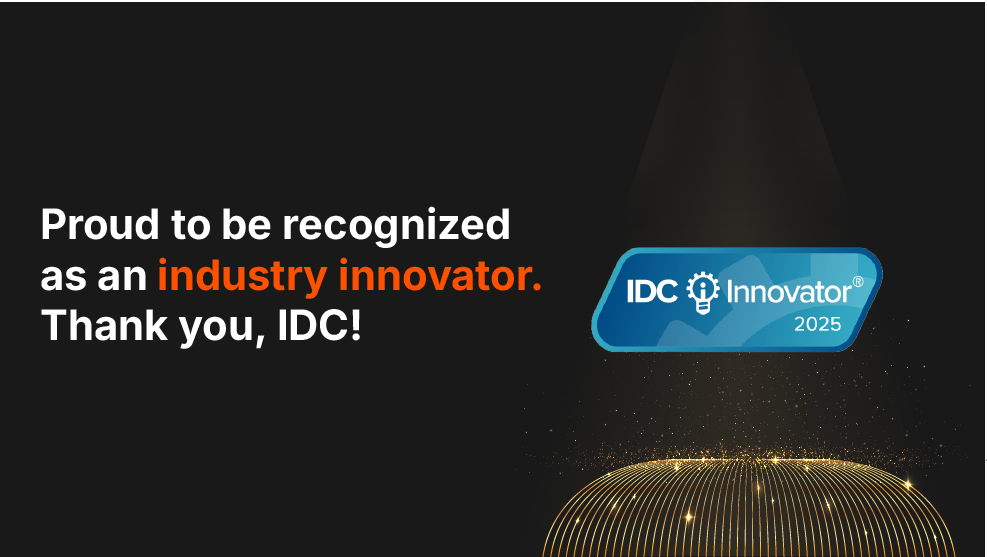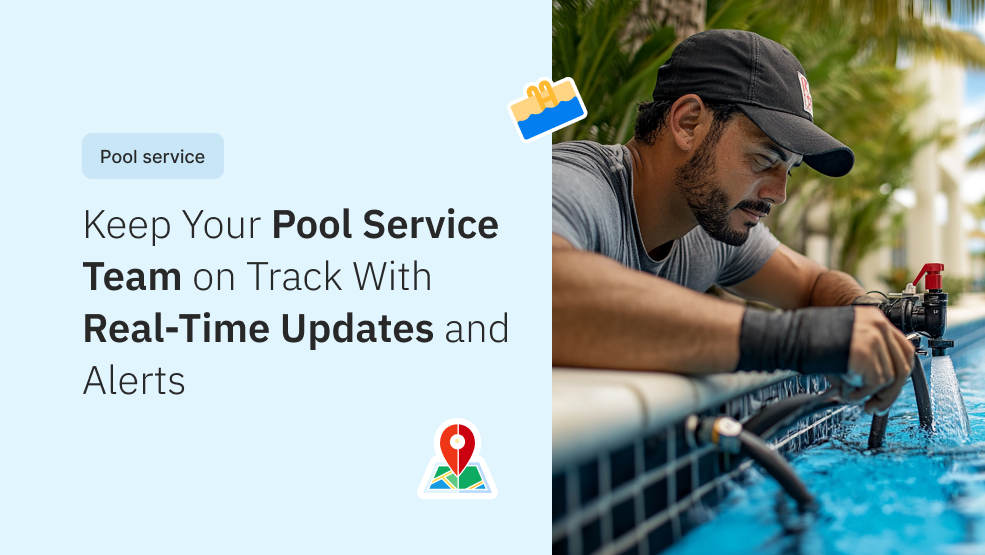Smart pricing strategies are not a new concept for you. It functions at the core of a business model. Our question for you is, does your pricing model focus on you, the owner, or your customer? This is where many businesses go wrong and lose out on customer trust. If your goal is to develop a smart pricing strategy that immediately impresses customers and encourages one-time business, this is not the right approach for you. If you desire a long-term investment for your business, read on. This article talks about pricing strategies that will build strong customer relationships.
Owner psychology where you may be going wrong
When you think of implementing a smart pricing strategy, what comes to mind? What do you prioritize first? Are you primarily focused on attracting customers and setting prices that encourage quick decisions? Or are you more concerned about revenue generation? What does smart pricing mean to you?
As a business owner, you wear many hats! So, let’s put on the psychologist’s hat and dive into the fascinating world of owner psychology to find the hidden biases that might subtly sabotage your pricing strategy.
Let’s start with the anchoring trap. An anchoring trap is our tendency to rely on the first piece of information we encounter to make judgments. When it comes to pricing, this can mean focusing too much on costs or competitor prices. While these are important factors, only focusing on them can undervalue your unique offering and leave you stuck in a race to the bottom.
The validation craving is real. Let’s be honest:, seeing customers snatch up your product feels great. This desire for validation can lead to underpricing your product or service to secure those initial sales. Remember, short-term gains built on unsustainable pricing won’t foster loyalty or long-term success.
Moving to the all-or-nothing fallacy, the fear of losing a sale can push you towards offering discounts or bundled packages that dilute the perceived value of your core offering. This can create a race to the bottom and confuse customers about your true worth.
However, the winning pricing strategy is one that is value-centric and does not focus on immediate results
1. It’s all about “Why” for your customers
Businesses must move beyond simply touting the features of their products or services to become a strong customer relationship. A value-centric approach shifts the focus to understanding and addressing the core reasons why customers are drawn to your offerings. This strategy delves into the deeper benefits and outcomes that your product or service provides, highlighting how it saves time, and money, or reduces stress, and ultimately enhances the customer’s experience.
Imagine a customer contemplating the purchase of a software solution. If your marketing only emphasizes the software’s features, such as its speed or user interface, you’re missing a crucial opportunity to connect on a more meaningful level. Instead, consider how the software transforms the customer’s workflow. Does it automate tedious tasks, thereby saving hours of manual labor each week? Does it integrate seamlessly with other tools, reducing frustration and boosting efficiency? These are the value propositions that resonate with customers on a personal level.
Highlighting the value builds trust because it shows that you understand and prioritize the customer’s needs. For example, if you’re marketing a project management tool, don’t just list features like task assignments and deadline tracking. Instead, emphasize how the tool enables teams to collaborate more effectively, reduces project overruns, and ultimately drives success. Show potential customers how your product can make them feel more confident in their job, secure in their processes, and assured in their outcomes.
Moreover, communicating value helps differentiate your brand in a crowded market. Many products and services may offer similar features, but the perceived value—how these features translate into real-world benefits—sets you apart. Customers are more likely to choose a product that clearly explains the “why” behind its use.
To effectively implement a value-centric approach, start by gathering feedback from your customers. Understand their pain points and the outcomes they desire. Use this information to craft your messaging, focusing on how your product or service addresses these needs. Case studies and testimonials can be powerful tools, as they provide real-world examples of how others have benefited from your offering.
In essence, a value-centric approach is about making an emotional connection with your customers. It’s about showing them that you understand their challenges and have designed your product or service to meet their specific needs. By doing so, you not only attract customers but also build long-term loyalty and trust.
2. You don’t sell, you equip
Successful companies understand that their role extends beyond merely selling products or services. They recognize the importance of empowering their customers through comprehensive training and resources. This approach fosters customer loyalty and positions the company as a trusted partner invested in the customer’s success.
Imagine a customer purchasing a complex piece of equipment or software. They might struggle to utilize their full potential without proper training, leading to frustration and dissatisfaction. By offering thorough training programs, either through in-person sessions, online tutorials, or detailed manuals, you equip your customers with the knowledge and confidence they need to make the most of their purchases. This empowerment fosters a sense of ownership and competence, which is crucial for long-term customer satisfaction.
Providing training and resources demonstrates that you value your customers’ success, not just the initial sale. This customer-centric approach can significantly enhance the overall customer experience. For instance, a company selling advanced software could offer a series of webinars, interactive workshops, and a dedicated support portal where users can find answers to their questions. This not only helps customers become proficient in using the software but also shows that the company is committed to continuous learning and improvement.
Empowered customers are more likely to become advocates for your brand. When customers feel knowledgeable and confident about using your product, they are more inclined to share their positive experiences with others. This word-of-mouth marketing is invaluable, as it comes from a place of genuine satisfaction and trust. Additionally, well-trained customers in your product are less likely to encounter issues or require extensive support, reducing the burden on your customer service team.
Furthermore, training and empowerment can lead to higher customer retention rates. When customers feel supported and competent, they are less likely to seek alternatives. They develop a sense of loyalty to your brand because they recognize the value you provide beyond the product itself. This loyalty can translate into repeat business and long-term relationships.
In practice, implementing a training and empowerment strategy involves several key steps. First, identify the areas where customers may need additional support or knowledge. This could be through customer feedback, usage data, or common support queries. Next, develop various training materials that cater to different learning styles. Some customers may prefer video tutorials, while others might find step-by-step guides more helpful. Ensure that these resources are easily accessible, either through your website, a dedicated learning portal or as part of the onboarding process.
By focusing on training and empowerment, you demonstrate a genuine commitment to your customers’ success. This approach enhances their experience with your product and builds trust and loyalty, positioning your company as a valuable and reliable partner in their journey.
3. Ditch the one-size-fits-all
Adopting a customer-centric approach is essential for businesses aiming to meet the unique needs of their clients. This approach involves moving away from one-size-fits-all solutions and towards offering personalized, customizable options that cater to individual preferences and requirements. By doing so, companies can build stronger relationships, enhance customer satisfaction, and foster loyalty.
Consider a scenario where a company offers a single pricing plan for its service. While this might be convenient for the business, it overlooks the varying needs and budgets of potential customers. Some customers may require only basic features and a lower price point, while others may need advanced functionalities and are willing to pay a premium. By offering tiered pricing plans or customizable packages, you demonstrate an understanding of these diverse needs and show that you value providing options that fit different situations.
This customer-centric approach builds loyalty by fostering a sense of partnership. When customers feel that a company is genuinely interested in their specific needs and is willing to tailor solutions accordingly, they are more likely to stay loyal and continue their business relationship. For instance, a software company could offer different subscription levels, each with varying features and support options, allowing customers to choose the plan that best suits their current requirements. As their needs evolve, they can easily upgrade or modify their subscription, ensuring they always have the right level of service.
Customizable solutions also allow for greater flexibility and scalability. Businesses grow and change over time, and their needs evolve accordingly. By providing options that can adapt to these changes, you ensure that your product or service remains relevant and valuable throughout the customer’s journey. This adaptability is particularly important for B2B companies, where client needs can shift rapidly due to market dynamics or internal changes.
Moreover, offering customer-centric solutions can lead to higher levels of customer satisfaction. When customers receive a product or service tailored to their specific needs, they are more likely to be satisfied with their purchase. This satisfaction not only leads to repeat business but also positive word-of-mouth referrals, which are invaluable for attracting new customers. Personalized experiences resonate more deeply with customers, creating a stronger emotional connection with your brand.
To implement a customer-centric approach, start by deeply understanding your customer base. Conduct surveys, gather feedback, and analyze usage data to identify common needs and preferences. Use this information to develop a range of options catering to your market’s different segments. Ensure that your sales and support teams are trained to understand these options and can guide customers toward the best solution for their specific needs.
Ditching the one-size-fits-all mentality in favor of customer-centric solutions is a powerful way to build loyalty, enhance satisfaction, and foster long-term relationships. By offering tailored options, you show that you value your customers as individuals and are committed to meeting their unique needs. This approach not only differentiates your brand but also positions you as a trusted partner dedicated to your customers’ success.
4. Wow with additional benefits
Businesses must find ways to stand out and provide exceptional customer value. One effective strategy is to offer added benefits—those delightful extras that go beyond the core product or service. These additional perks can significantly enhance the customer experience, build loyalty, and create a sense of value that transcends mere pricing.
Think of added benefits as the cherry on top of an already appealing offering. These can take many forms, such as free consultations, self-service portal, priority customer support, exclusive content, or loyalty programs. The key is to provide something unexpected and valuable that enhances the overall customer experience and demonstrates appreciation for the business.
For instance, consider a company that offers software solutions. In addition to the software itself, they might provide free onboarding sessions to help new users get started quickly and efficiently. They could also offer priority customer support for premium subscribers, ensuring that these customers receive prompt and personalized assistance whenever needed. These added benefits show that the company is invested in the success and satisfaction of its customers, going beyond the basic transaction to build a deeper relationship.
Added benefits create a sense of value that goes beyond the price tag. When customers receive something extra, they feel appreciated and recognized. This positive emotional response can significantly impact their perception of your brand. For example, a retailer might offer exclusive discounts or early access to new products for loyal customers. These perks not only reward repeat business but also create a sense of belonging and exclusivity, making customers feel valued and special.
Moreover, added benefits can differentiate your brand in a crowded market. Many businesses offer similar core products or services, but the extras you provide can set you apart. For instance, a hotel chain might offer complimentary breakfast, airport shuttle services, or late check-out options for frequent guests. These additional services enhance the overall experience and make the brand more appealing compared to competitors who do not offer such perks.
Make the smart shift now
A customer-centric pricing strategy is key to establishing long-term relationships and trust. By focusing on customer value and satisfaction instead of quick profits, you build loyalty and encourage repeat business. This method ensures customers feel valued and understood, reinforcing your connection. Apply smart pricing strategies that emphasize long-term success, and see your business and customer trust grow.
Take smart action now to revolutionize your customer relationships. For more expert tips and insights, subscribe to our newsletter and stay in the know.








